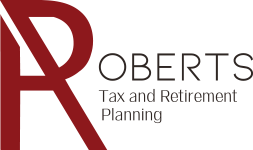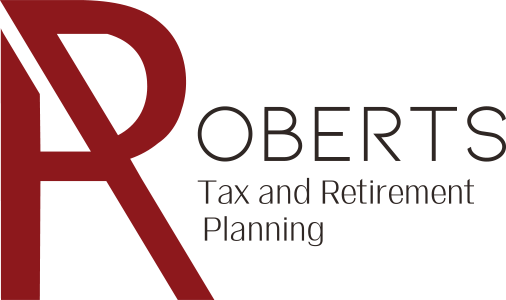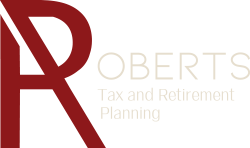While a conventional IRA offers an immediate tax break, a Roth IRA offers tax-free withdrawal for all growth, provided the money is withdrawn after fifty-nine and a half. If the investment is held for decades, most of the withdrawn money will be growth, making the Roth IRA a powerful wealth-building tool.
An important limitation of this instrument is that high income earners cannot directly contribute to it. Adjusted Gross Income (AGI) limits are $133,000 for individuals and $196,000 for couples for tax year 2017.
Conventional IRAs have deductability limitations, based on income and the availability of a workplace savings plan, but non-deductible contributions are not limited. Additionally, it is possible to convert a conventional IRA to a Roth. By taking advantage of these two rules, it is possible for high income taxpayers to indirectly contribution to a Roth IRA through the backdoor strategy.
The mechanism is fairly simple. The taxpayer makes a non-deductible contribution to a conventional IRA. The money is then directly transferred to a Roth IRA. An additional tax form, 8606, must be filed with that year’s tax return. This form marks the contribution to the conventional IRA as a non-deductible contribution.
There are a few details in making this transaction that can be tricky. The most significant is the “pro-rata” issue. If the non-deductible conventional IRA contribution is made to an existing IRA which contains funds that originated as deductible IRA contribution from previous years, there will be a tax bill. The amount will be roughly a pro-rata share based on the ratio of non-deductible verse deductable dollars converted from the conventional account.
The backdoor Roth is a tool that is appropriate for many high income earners. However, the details must be managed correctly, and the overall family situation and goals must be taken into consideration. If you would like help with the mechanism of a backdoor conversion and with understanding how it fits in your financial plan, please contact us.







